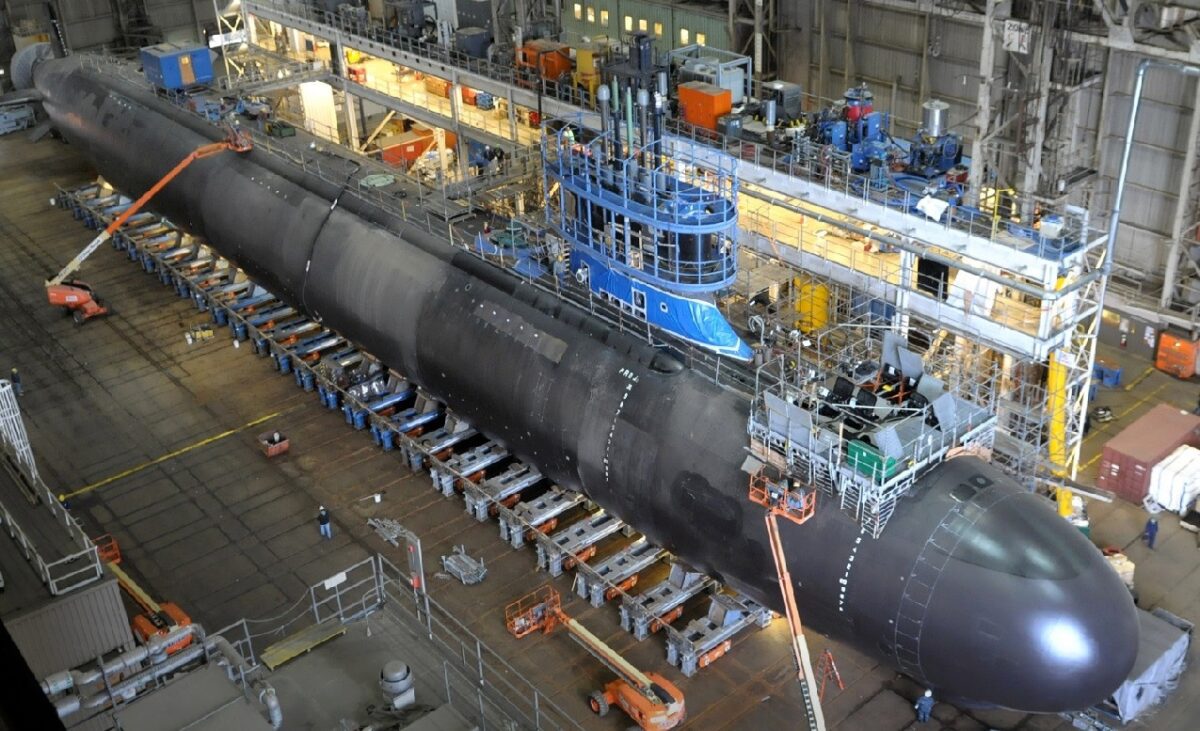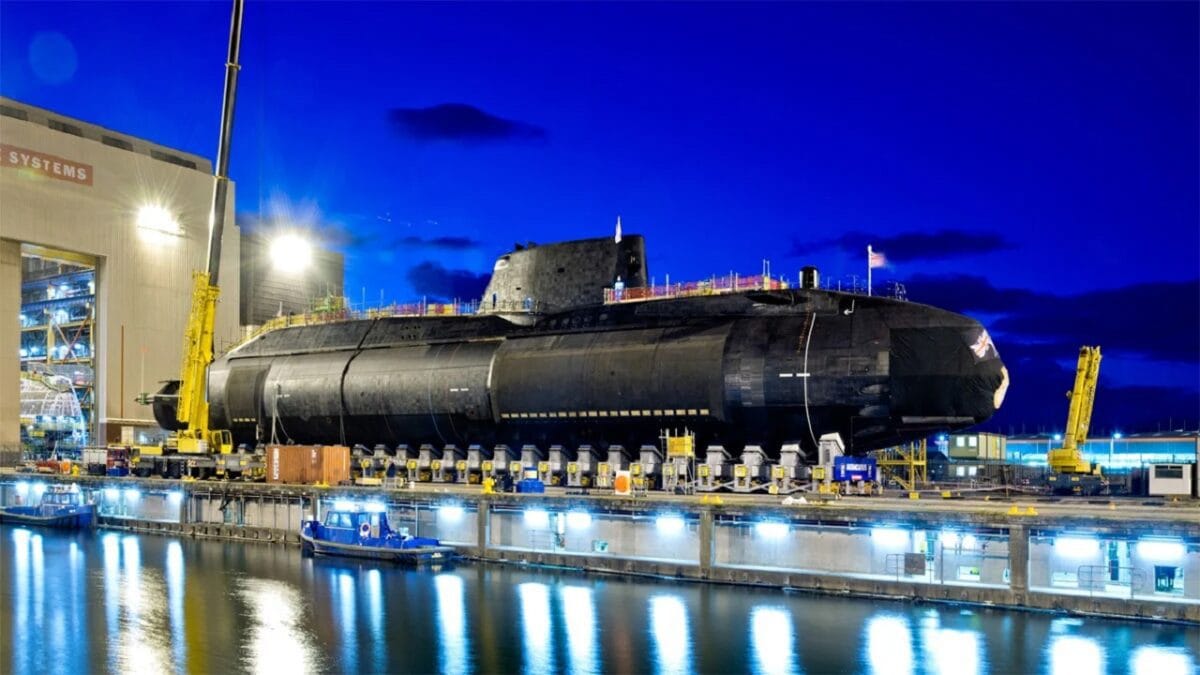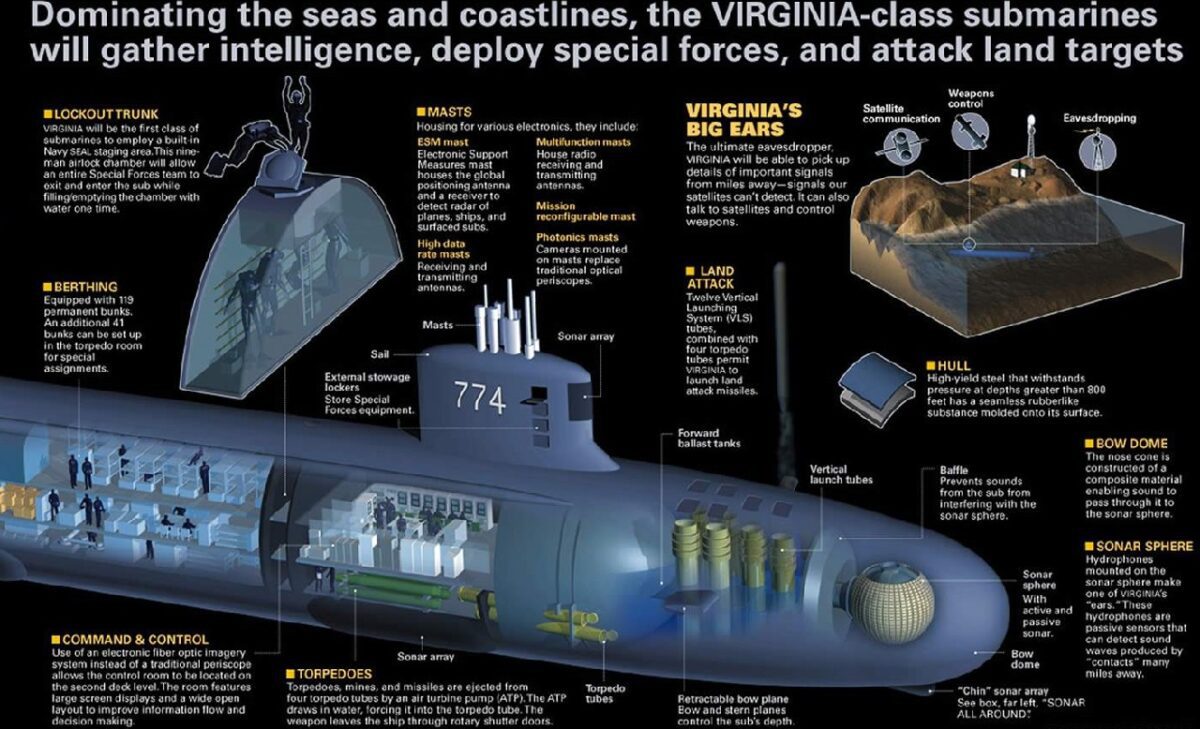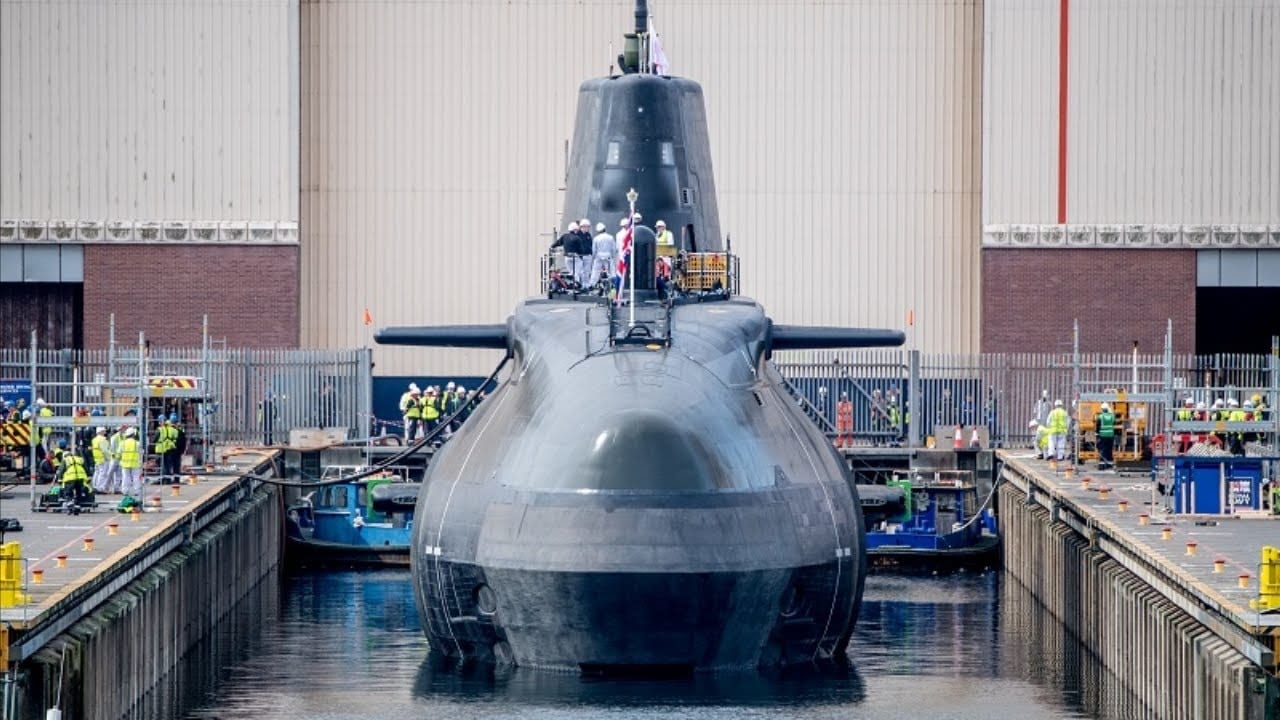AUKUS and Those Submarines Coming to Australia: Details finally emerged this week about what kind of submarine fleet Australia intends to acquire as a result of the AUKUS deal. Initial reports suggest that a lot of folks in Australia, Britain, and the United States will be happy with the plans to completely revamp Australia’s submarine force, and by extension the force posture of the Royal Australian Navy (RAN).
Australia may begin to acquire foreign-built nuclear submarines in the 2030s, eventually constructing its own world-class force of lethal attack boats.
AUKUS
Announced in the summer of 2021, the AUKUS agreement (Australia, United Kingdom, United States) promised technology transfer on a nearly unprecedented scale.
Over the course of several decades, Australia is to receive not only nuclear attack submarines but also the capacity to build its own such vessels.
In the very long run, the deal is intended to bind together Canberra, Washington, and London in a military and technological alliance that ensures competitiveness in the Western Pacific.
In the slightly shorter term, it promises to give Australia one of the world’s largest and most advanced fleets of nuclear attack submarines.
AUKUS replaced a major manufacturing arrangement between Australia and France, with the serious diplomatic consternation of Paris. The event threatened a major disruption in Franco-American relations, although solidarity in the face of Russia’s invasion of Ukraine seems to have quieted concerns about permanent damage.

US Navy Virginia-class Submarine Under Construction.
Nuclear-powered submarines (SSNs) are particularly useful for Australia because of the vastness of the Pacific. SSNs can operate for a long time at a great distance from their bases, meaning that they could contribute to operations near Taiwan, near Korea, or in the Indian Ocean. This gives the Royal Australian Navy a much wider range of action and the freedom to operate independently of allied bases.
For their part, some Australians seem more bothered by the prospect of building or acquiring British submarines than by purchasing Virginias. Others have worried that the deal binds Australia too closely to the United States, although clearly a rapid increase in Australian military capabilities helps ward off other security concerns.
The Virginia Bridge
The Virginia class is an exceedingly capable attack submarine. Australia’s batch will apparently consist of used American boats, although many of the details remain unclear as of publication.
If the Australians received Block V ships, their Virginias will displace roughly 10,000 tons submerged, travel in excess of 25 knots, and carry some sixty-five weapons (torpedoes and cruise missiles). Older ships would be less capable.
The Australians will also invest in improving US shipbuilding capacity. Indeed, shipyard capacity could prove a challenge for the United States, which is trying to expand its own fleet in anticipation of more rapid Chinese construction.
Craig Hooper, however, argues that exporting boats to Australia would relieve pressure on the decaying US submarine maintenance infrastructure.

Astute-class Submarine. Image Credit: BAE Systems.
In any case, these boats will represent a massive upgrade over Australia’s existing submarine fleet, the capability-challenged Collins-class boats that the RAN has struggled to man and keep in service. The Collins are roughly a third of the size, with a 2+ month limit on endurance and a weapons load of around two dozen.
The plan also includes an ambitious human capital development strategy. Nuclear submarine maintenance differs considerably from that of conventional submarines, and Australia has struggled to crew the Collins’ boats.
Apparently, the first Australian boats may have dual-nationality Australian-American crews with Australian commanders. This kind of arrangement is unusual but has historical precedent from Australian operations in both World Wars.
Next Generation Astutes?
It is not as clear what the first domestically built Australian boats will look like.
The United Kingdom will partner with Australia on construction and design, although the boats will apparently also include American components.
Building up Australian shipbuilding capacity will be one of the most important accomplishments of the AUKUS deal, assuming that everything comes off.
The future Royal Navy attack submarine project (SSNR) envisions a generation of submarines that will resemble their American cousins in the inclusion of a vertical launch system. It would be quite odd if the second-generation Australian boats lacked a component that the Virginias already had, and thus it’s a good guess that the Australian submarines will closely resemble the SSNR.
Operating two different classes of nuclear submarines will be a challenge for the Australians, but is hardly insurmountable. Virtually every navy that has built nuclear submarines has operated more than one class at a time. Australia will be the smallest country to operate nuclear boats, but it won’t be the poorest by a long shot. Operating two types of attack boats won’t challenge the Australians much more than the French and British operating both SSNs and SSBNs.

Image of Virginia-class Submarine features. Image Credit: Creative Commons.
AUKUS: What’s Next?
If all of this works out, Australia will have a world-class fleet of nuclear attack submarines thanks to AUKUS. The RAN’s overall capabilities will rival those of China, France, and the United Kingdom.
Many questions remain, of course, including the long-run capacity of the Royal Australian Navy to man and maintain these ships while also taking care of the rest of its extensive responsibilities.
The AUKUS deal has lots of moving parts and plenty could still go wrong. If it goes right, though, Australia will have acquired a first-rate military capability and an impressive industrial base, and the United States will have helped develop a powerful new ally.
Author Biography and Expertise
Dr. Robert Farley has taught security and diplomacy courses at the Patterson School since 2005. He received his BS from the University of Oregon in 1997, and his Ph. D. from the University of Washington in 2004. Dr. Farley is the author of Grounded: The Case for Abolishing the United States Air Force (University Press of Kentucky, 2014), the Battleship Book (Wildside, 2016), Patents for Power: Intellectual Property Law and the Diffusion of Military Technology (University of Chicago, 2020), and most recently Waging War with Gold: National Security and the Finance Domain Across the Ages (Lynne Rienner, 2023). He has contributed extensively to a number of journals and magazines, including the National Interest, the Diplomat: APAC, World Politics Review, and the American Prospect. Dr. Farley is also a founder and senior editor of Lawyers, Guns and Money.
NOTE: This piece has been updated to correct a mistake in the text.

